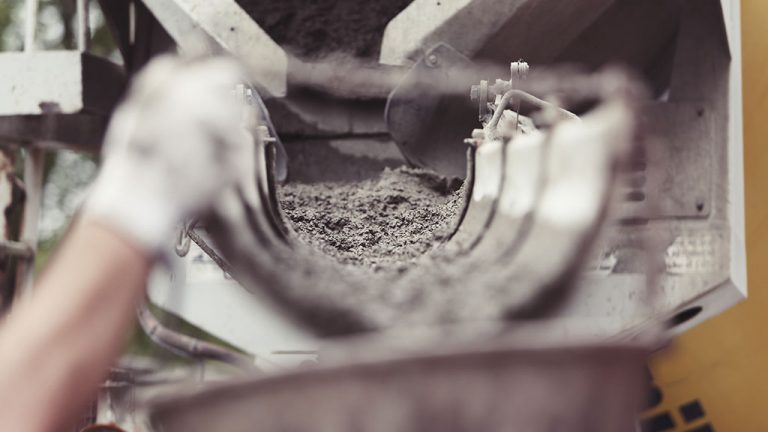Canada talks a good game when it comes to global carbon and GHG reduction commitments.
In 2016, Canada released its Pan-Canadian Framework on Clean Growth and Climate Change, a plan to reduce by 30 per cent the country’s 2005 greenhouse gas emissions by 2030.
In fact, governments and public agencies themselves have an important role to play, given the infrastructure investments they currently manage and those they plan to develop over the next few decades.
However, Ontario’s 2017 Annual Greenhouse Gas Progress Report suggests a low-bid-wins culture is short-circuiting progress.
“Under the current procurement directives, the government tends not to track, report and value embodied emissions,” the report says. “As a result, the government understates its GHG footprint, and may unwittingly make procurement decisions with unnecessarily high GHG impacts.
“The current procurement directives ignore the fact that apparently interchangeable materials may have different embodied emissions.
“The result is a public procurement system that fails to encourage the integration of new
innovative low-carbon materials, best practices and building methods, and therefore create the environment that will facilitate a transition to a low-carbon, climate resilient infrastructure system and economy.”
Four years later and this procurement issue lives on in other parts of the country as well. It leaves concrete manufacturers like Butler Concrete & Aggregate Ltd., of Victoria, B.C., increasingly frustrated.
“There are no incentives through government contracts to encourage greener, cleaner concrete,” says Travis Butler, the third generation of his family to run the company.
“It’s a matter of prescriptive specifications versus performance-based specifications. This challenges the system in the sense of getting more environmentally-conscious products out to the larger consumer. Most of the prescriptions were written many years ago and have not kept pace with the changes that have and are now rapidly taking place.”
Butler said his company has championed carbon reduction in concrete manufacturing for many years. Over that time, he’s seen environmental initiatives addressing low carbon concrete come and go. The obstacle is always the same: prescriptive specifications.
For example, years ago his company was asked to supply concrete that was “LEED-conforming.” Prescriptive supplementary cementitious material requirements, he said, often required more material than was required to achieve the design strength, which increased costs and reduced the positive environmental impact intended. As a result, these early initiatives, to use Butler’s words, “fizzled out and died.”
Butler’s company remains undaunted nevertheless, and continues to take steps that go beyond the typical concrete manufacturer. They were early adopters of CarbonCure technology, a patented Canadian process involving the use of purified carbon emissions collected from industry as a strengthening agent in concrete.
They’ve done even more, for example, switching from using fly ash collected at coal-fired power plants to steel production byproducts to make a new slag cement called NewCem. The company has also transitioned to a Portland limestone cement known as GUL (General Use Limestone) that Butler says reduces fossil fuel use during production by 15 per cent. Overall, Butler’s products have, on average, a carbon embodiment 44 per cent lower than the Cement Association of Canada’s industry survey.
Butler has published Environmental Product Declarations (EPDs) for its portfolio of mixes that include embodied carbon values, the first Canadian company to do so. It has also made a carbon calculator available online through their website, allowing specifiers to input their mix design and receive a report comparing Butler’s products versus the Canadian industry average.
“We are doing this for the right reasons, to improve our industry across the board, and to try to get our governments and developers to look at the EPD values and use those as a point of reference when awarding work.”
The irony is while cement manufacturers pay the Federal Carbon Tax, which is in part redistributed to develop more environmentally conscious products, their use is restricted by traditional prescriptive specifications.
It’s a standoff that hinders Canada from meeting its objectives to reduce its share of global carbon emissions.
John Bleasby is a Coldwater, Ont.-based freelance writer. Send comments and Inside Innovation column ideas to editor@dailycommercialnews.com.











Recent Comments
comments for this post are closed